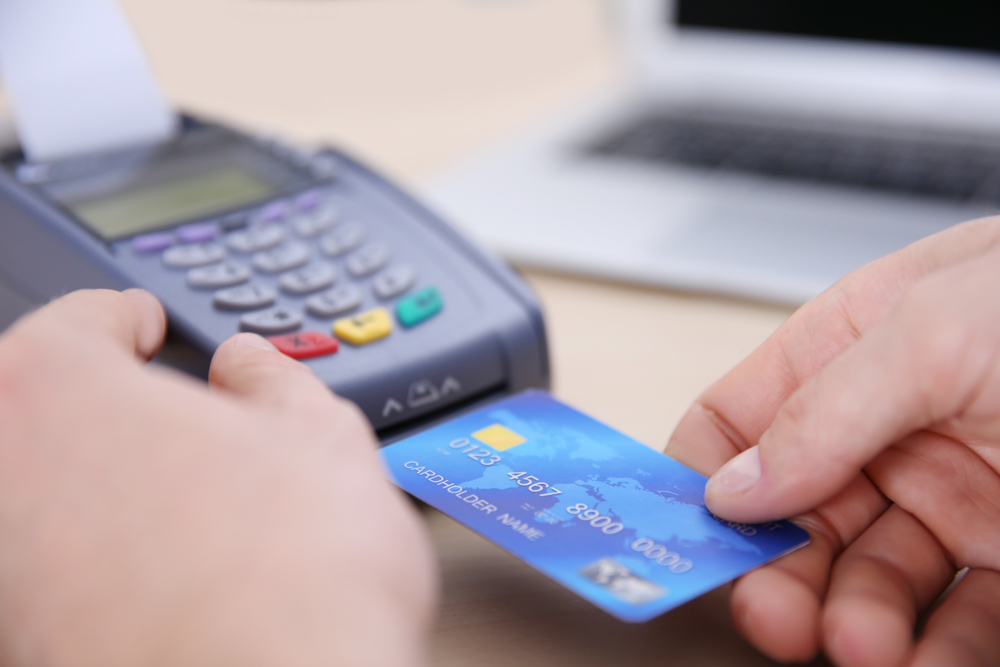U.S. financial institutions saw a reduction in fraud losses in 2016, which coincides with an increased issuance of chip debit cards, according to a new survey.

Fraud loss rates dropped by approximately 28 percent in 2016 compared to 2015, stated the 2017 Debit Issuer Study, commissioned by PULSE, a debit/ATM network owned by Discover Financial Services. Chip cards have proven successful in reducing fraud.
“The financial services industry has taken a number of measures that likely impacted the reduction in fraud losses for debit card issuers,” Jim Lerdal, vice president of fraud and risk management for PULSE, said. “Among them are the conversion to chip debit cards, greater use of tokenization in mobile commerce and continued investment in fraud-mitigation solutions.”
An estimated 80 percent of U.S. debit cards have been converted to chip cards.
However, despite the reduction in fraud, it is still a challenge for issuers. U.S. financial institutions lost an estimated $900 million to debit card fraud in 2016.
“The more financial institutions tighten fraud-tolerance limits, the more they risk negatively impacting the cardholder experience,” Lerdal said. “It is a balancing act because declining potentially fraudulent transactions could lead to ‘false positive’ fraud identification, which can frustrate account holders and potentially drive them to other methods of payment.”
The study also found total number of debit transactions continued to increase, rising an average of 7 percent year-over-year in 2016. The number of debit transactions per active consumer card reached a record high of 23.6 transactions per month, which represents a 6 percent increase over results report in the 2016 study. Also, the number of debit cards increased 1 percent year-over-year.
“This year’s study confirms that debit remains a core part of the expanding payments landscape, even as new forms of payment emerge,” Steve Sievert, executive vice president of marketing and brand communications for PULSE, said. “The average consumer now uses their debit card 39 percent more often than they did in 2010, and for more transactions of lower value, indicating that debit is a fundamental financial tool for their everyday lives.”
In addition, “chip-on-chip” transactions – those conducted with chip-enabled cards at chip-enabled terminals – amounted to 30 percent of all debit transactions in January 2017, a 650 percent year-over-year increase.
“The growth of chip-on-chip transactions is likely to slow as the card base migration concludes,” Tony Hayes, a partner at Oliver Wyman who co-led the study, said. “In addition, many transactions are not chip-eligible, such as online purchases and fuel dispenser transactions.”
The study also found that enrollment among consumers into mobile wallets has increased, with Apple Pay remaining the most popular mobile wallet of the big three “pays,” which include Android Pay and Samsung Pay. For example, enrollment of debit cards into Apple Pay increased 80 percent in 2016. Three out of four issuers now support debit cards being loaded into at least one mobile wallet.
Despite this momentum, usage of debit cards in mobile wallets remains low. Combined, Apple Pay, Android Pay and Samsung Pay account for only about one-quarter of 1 percent of U.S. debit transactions.